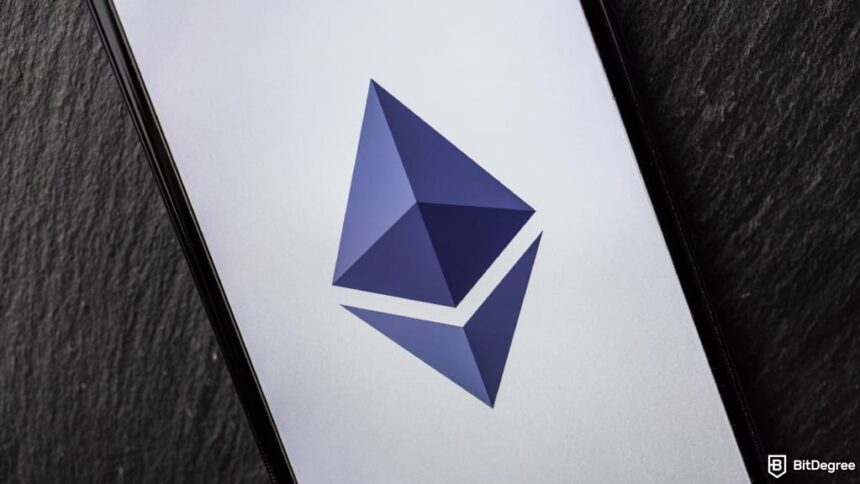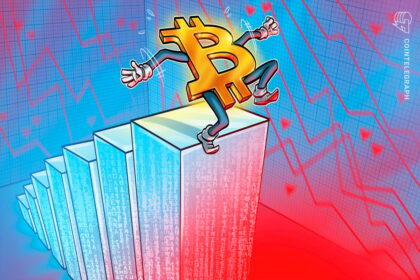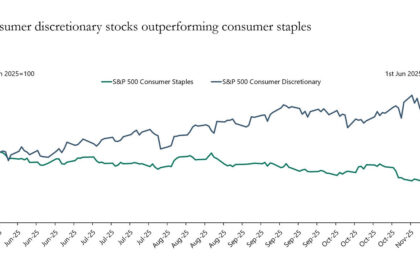Ethereum 101 for all the new kids in crypto:
Think of Ethereum as a big public computer.
|
People send it little jobs – like transferring ETH, swapping tokens, or running smart contracts – and every job uses up a bit of its processing power.
That processing power is called gas – basically, how much work your transaction asks the network to do.
Now, to stop anyone from totally frying the system, each block (that’s the bundle of transactions added every ~12 seconds) has a maximum gas limit – about 30M gas right now. This cap ensures the block only handles so much work at once.
|
But here’s the thing:
Nothing actually stops a single person from writing a huge, bloated transaction that eats up all 30M gas by itself.
That’s like walking into a laundromat and finding that one dude took every single washing machine and is still waiting with a pile of dirty socks for round two.
(If you’re reading this, laundry‑guy from my student dorm back in the day – may both sides of your pillow be warm.)
|
Anywayz, why’s that bad?
👉 It leaves no room for any other transaction in that block, so everyone else has to wait for the next one = things get slower for everyone;
👉 Malicious actors could intentionally spam huge transactions over and over to jam up the network.
Now, to be clear – this isn’t something that happens all the time. Most users and apps don’t come anywhere close to the block limit.
But it can happen, and attackers have shown a willingness to abuse other similar loopholes in Ethereum before.
|
So, Vitalik Buterin and researcher Toni Wahrstätter proposed a fix: EIP‑7983, which sets a new rule:
No single transaction can use more than ~16.77M gas (roughly half a block).
👍 This way, no single transaction can dominate the entire block;
👍 It forces large workloads to be split into smaller transactions, which are easier for the network to handle;
👍 It keeps the network more resilient and fair.
And what does this change mean for you?
If you’re just using Ethereum casually, you probably won’t even notice when it goes live – but you’ll benefit from a more predictable, fair, and reliable network.
Plus, hey – it’s another little upgrade that shows Ethereum is still growing up, one improvement at a time.
|
Now you’re in the know. But think about your friends – they probably have no idea. I wonder who could fix that… 😃🫵 Spread the word and be the hero you know you are! |














